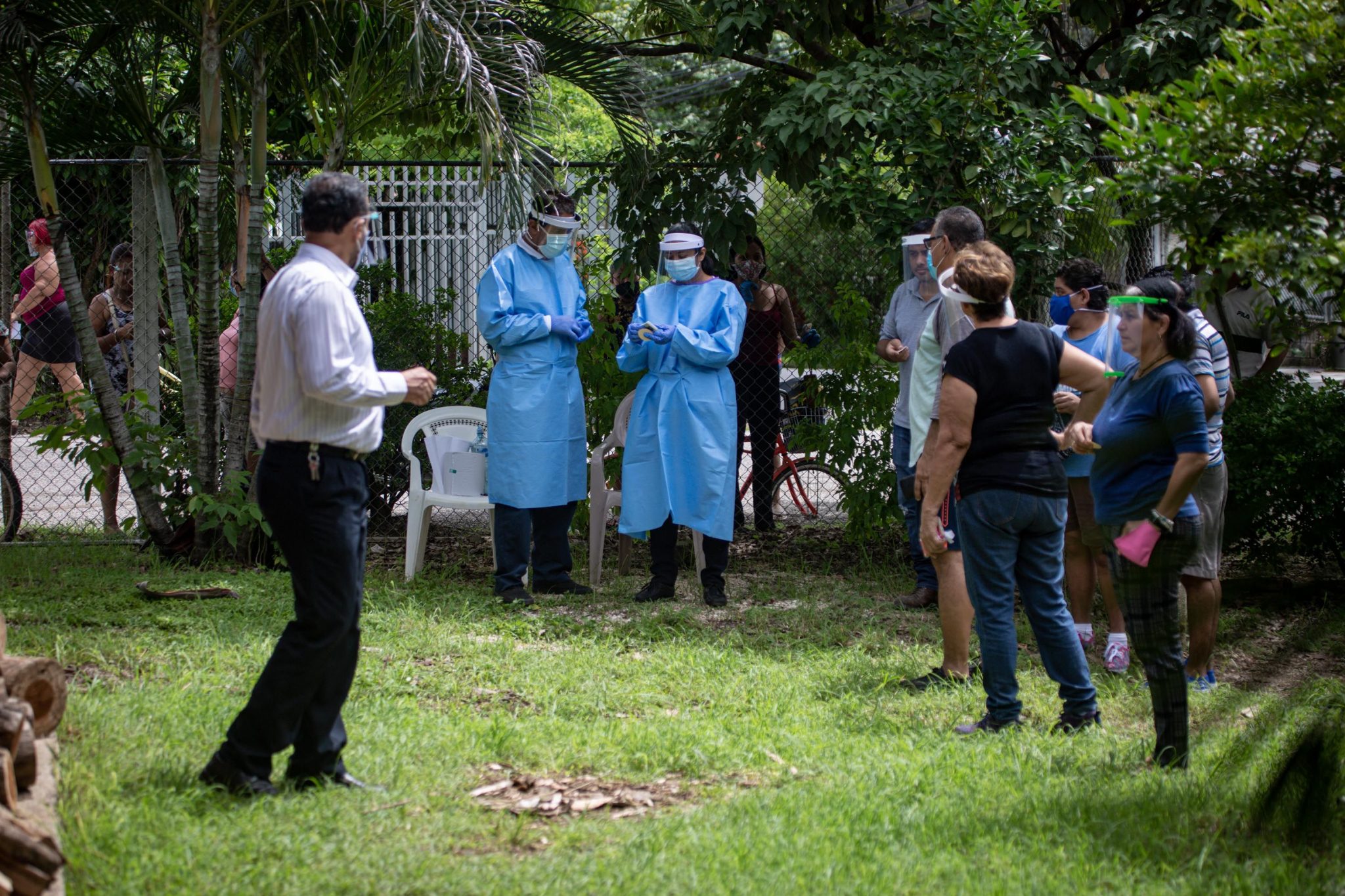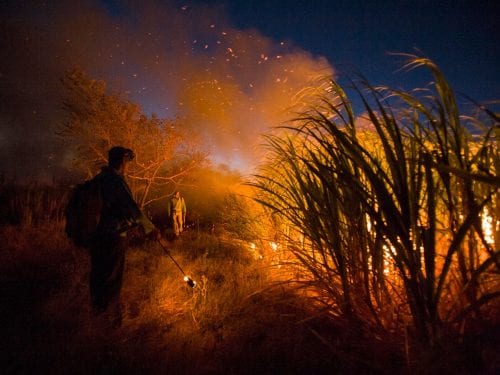
As of this Saturday, August 1, Nicoya, Cañas and Liberia dropped to yellow alert due to the COVID-19 crisis. Guanacaste and Limón are the only two provinces without an orange alert in their cantons.
The measure will last until August 30 and may change depending on the epidemiological behavior of the cantons in the province.
Epidemiological Surveillance Coordinator Bismarck Villegas explained that the health teams in Guanacaste have managed to contain all the cases presented by COVID-19 without having a saturation of their hospital or human resources.
Guanacaste’s health areas maintain at least 97% of the epidemiological links traced, reported the regional director of Health in Guanacaste, Enrique Jimenez.
Villegas explains that Guanacaste’s health areas have used an epidemiological program of the Costa Rican Social Security Fund (CCSS) called Syndromic Surveillance, a technological tool that analyzes the symptoms presented by patients in Guanacaste’s health centers and which can predict an outbreak of COVID-19 or another respiratory virus.
The program allows detecting, weeks before finding a positive case of coronavirus, the increase of respiratory symptoms related to the COVID such as fever, headache or cough, in a specific community. That way, they can take preventive measures like sampling aimed at communities where the tool indicates an alert.
According to Villegas, the health areas have managed to map out the families in targeted areas of Guanacaste who could have COVID in the coming weeks.
With this same method, the Ministry of Health was able to declare the Guanacaste districts of Bagaces, San Miguel de Cañas, Liberia and Nicoya as early warning zones. This means that there is still a risk of going on orange alert for respiratory viruses if social distancing, use of masks, hand washing and respecting social bubbles are not enforced.
The difference between other regions and Guanacaste is that our isolations are preventive, not to mitigate outbreaks. Since we are not saturated, we act earlier,” he emphasizes.
These districts are characterized by a population living in poverty, but also by chronic respiratory diseases, hypertension and risk of cancer, variables that make the ministries focus their efforts there.
On July 30, Guanacaste presented its lowest number of active cases since June: 127 spread throughout the province. A day later, the number increased to 134, the majority of cases reported in Liberia. The province also has three times as many recoveries as active cases.
One thing that needs to be understood is that all provinces have risk areas. The important thing is that as institutions we translate those alerts into concrete actions,” says Villegas.
Dr. Villegas alludes to the collaboration of all the institutions within the COVID working groups: the Ministry of Health, the CNE, the Joint Institute of Social Assistance (IMAS) and the CCSS, which have directly intervened in the isolation of the cases reported in the province.
It is also the result of preventive isolation under the orange alerts ordered in cantons such as Nicoya, Liberia and Cañas.
How does the government declare an Orange alert for a canton?
On July 28, Health Minister Daniel Salas explained that there is a national inter-institutional commission that is analyzing three determining epidemiological factors to declare a territory on orange alert:
- The rate of attack at the canton level in the last week, which means, as its name indicates, how likely a virus is to attack the population of an area.
- The increase or decrease of cases in the last three weeks.
- The social context of the area, which analyses housing conditions, the average number of inhabitants in a house and the unemployment rate.
Dr. Villegas says that the first two factors have decreased significantly in recent weeks in the province, but there is always a risk that they will increase again.
A yellow alert does not mean rest. We continue to work as if we have more cases,” says the coordinator.
Villegas emphasizes that neither Health nor the Fund will change the current strategy: they will keep track of the statistics provided by the Syndromic Surveillance and even though the curve of cases continues to decrease, they will continue to work at the same pace.
The success of the region is that we pursue all possible cases to the end and so we will continue working,” concluded the specialist.







Comments